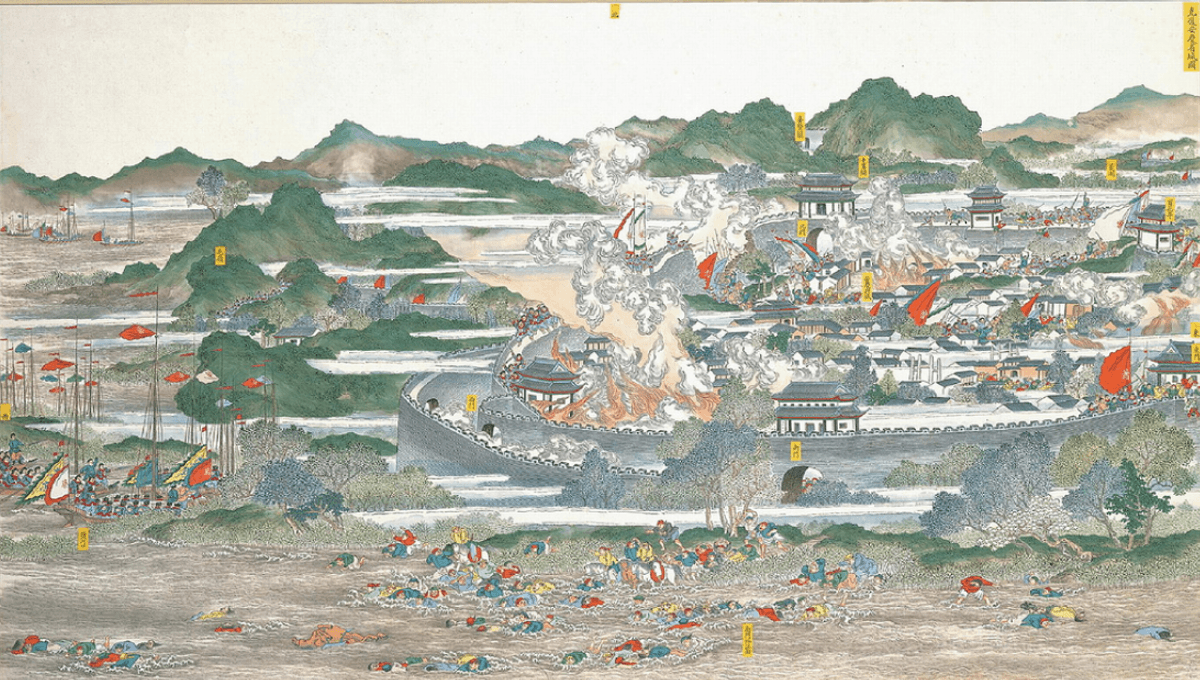
They say those who forget history are condemned to repeat it, a sentiment that underpins new research that’s identified three key drivers behind the collapse of the Qing Dynasty. Once an economy that was considerably wealthier in its time than modern-day China, it crumbled in 1912, and the proposed reasons behind it sound a little too close to home.
“It’s crucial to comprehend the origins of such instabilities,” said Complexity Science Hub (CSH) researcher and study author Peter Turchin in a statement. “Assuming it’s a thing of the past and can’t recur would be a mistake. Such changes can indeed happen because the underlying mechanisms bear surprising similarities.”
Everything from environmental disasters to famines, uprisings, and foreign incursions have been held up as possible explanations for the collapse of such a superpower. However, Turchin and colleagues discovered that there were three key elements applying the most sociopolitical pressure.
Finding the key causes involved looking back at history through the lens of Structural Demographic Theory (SDT). The framework enables researchers to understand how big events like war and recession can shake up and destabilize a society. It’s useful in the modern era because it can help us better predict what events have the potential to have a catastrophic knock-on effect in the future, giving us time to try and mitigate the damage.
The first driver behind the Qing Dynasty’s collapse was identified as a boom in the population, which increased fourfold between 1700 and 1840. This meant there was considerably less land for each person, which in economics is called “land per capita”, which we know affects rural communities the most as farming requires a lot of land if people are going to be able to support themselves.
The second driver was identified as increased competition for elite positions. It figures that if you have a boom in the number of people living in an area, the few positions of power available will find themselves inundated with potential applicants. We see it today in the job market, where hundreds of people may be applying for the same role, and the situation became particularly bleak for the Qing Dynasty by 1796. The lack of opportunities to rise into the bureaucratic ranks led to a crisis driven by a group of disgruntled elite wannabes known as aspirants.
“The big crisis was the Taiping Rebellion, probably the bloodiest civil war in human history,” Turchin told IFLScience. “Tens of millions of people were killed.”
“The population of Qing Dynasty increased fourfold and there was just not enough productivity of the environment to feed them, but even more importantly, they had too many elite aspirants.”
With such catastrophic unrest comes vast expense, which leads us to our third and final key driver behind the Qing Dynasty’s collapse: the rising cost associated with the fallout. Between squashing unrest, reduced productivity, and a trade deficit brought on by depleting silver and opium, the Qing Dynasty found itself in financial chaos.
It’s a lesson in the creeping consequences of failing to recognize the many puzzle pieces that contribute towards the stability of a society, and what might happen if we fail to consider them in the modern era.
“Unfortunately, the corrosive impact of rising inequality and diminishing opportunities develop over longer time scales that make them hard to recognize, let alone effectively combat within the short political cycles we see in many countries,” added co-author and CSH Affiliated Researcher Daniel Hoyer. “Without long-term vision and targeted strategies to relieve these social pressures, many places are at risk of going the way of the Qing.”
The study is published in PLOS ONE.
Source Link: Qing Dynasty’s Collapse Driven By Three Things, And They Could Happen To Us